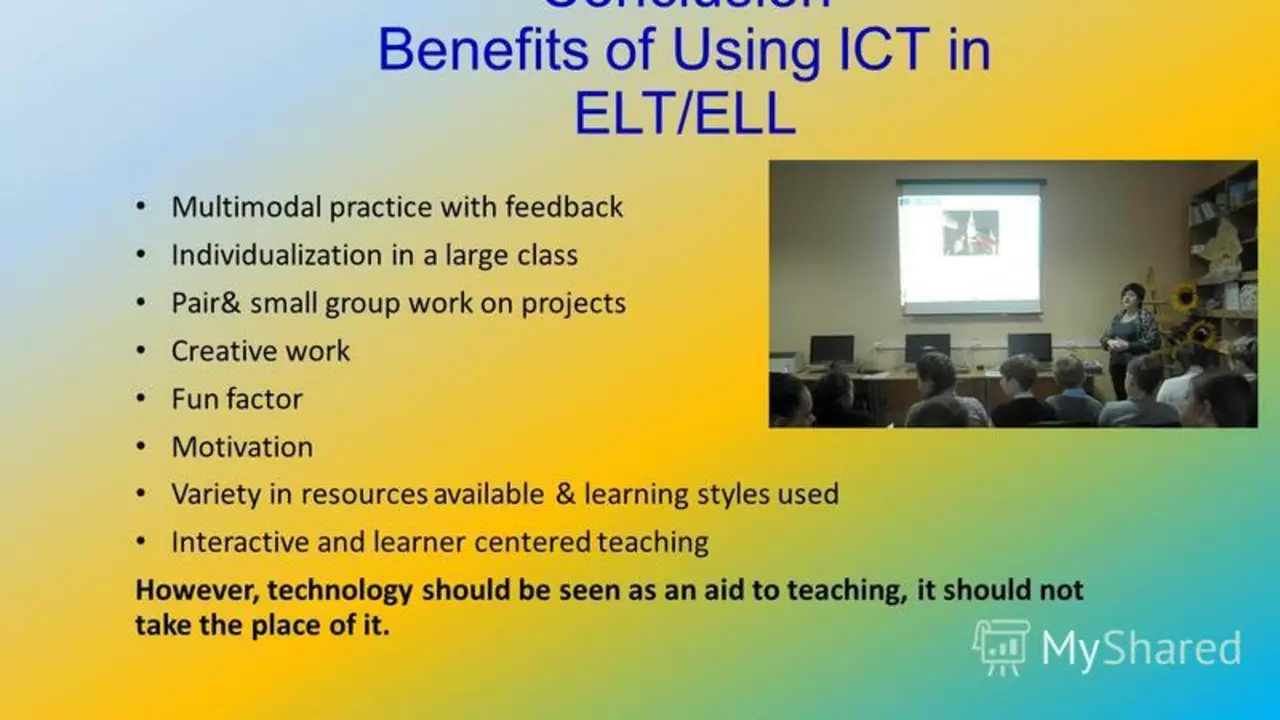Introduction to the Travelling Theory of Teaching and Learning
In one of my quests to understand the dynamics of teaching and learning, I stumbled upon a fascinating concept known as the travelling theory. This theory is not about packing your bags and going on an educational tour. Rather, it is an intriguing approach to teaching and learning that values the journey of knowledge from one context to another. It's a theory that promotes the idea that knowledge is not static but mobile and transformative.
The Concept Behind the Travelling Theory
The travelling theory is all about the transfer and transformation of knowledge. It suggests that knowledge isn't meant to be stationary; it should travel from one context to another. The theory argues that when knowledge travels, it adapts to new contexts and develops a new meaning which then enriches the learning process. Imagine a piece of information starting from one point, going through various stages, and evolving at each stage. That's the travelling theory in a nutshell.
Travelling Theory in Classroom Teaching
So, how can this theory be applied in a classroom setting? It's quite simple. Let's say, a teacher imparts knowledge to the students. This knowledge doesn't remain confined within the four walls of the classroom. It travels with the students, gets tested in real-life situations, evolves with their experiences, and is then shared with others. This sharing and transformation of knowledge create a dynamic learning environment that encourages critical thinking and problem-solving skills.
Benefits of the Travelling Theory
The travelling theory of teaching and learning offers several benefits. Firstly, it provides an opportunity for students to connect their classroom learning with real-life experiences. Secondly, it promotes critical thinking as students are encouraged to adapt their knowledge to various situations. Thirdly, it fosters a sense of community as students share their transformed knowledge with others. Lastly, it makes learning more interesting and engaging as it breaks away from the traditional static methods of learning.
Challenges of Implementing the Travelling Theory
Despite the numerous benefits, implementing the travelling theory is not without challenges. The biggest challenge is the need for a shift in mindset from both the teachers and the students. Teachers need to embrace a more flexible teaching approach, while students need to be open to the idea that knowledge is not fixed but evolving. Another challenge is the need for a supportive learning environment that encourages the sharing and transformation of knowledge. Despite these challenges, the rewards of implementing the travelling theory are immense.
Examples of the Travelling Theory in Practice
Now that we have a good understanding of what the travelling theory is, let's look at some examples of how it is applied in practice. In a literature class, for instance, the travelling theory might involve students reading a novel, discussing it in class, relating it to their own experiences, and then writing a personal essay about it. In a science class, it could involve students learning a concept in class, conducting an experiment at home to test the concept, and then sharing their findings with the class.
Conclusion: Embracing the Travelling Theory in Teaching and Learning
The travelling theory of teaching and learning is a dynamic and transformative approach that enriches the educational process. It encourages students to take ownership of their learning, promotes critical thinking, and fosters a sense of community. While implementing this theory may present some challenges, the rewards are well worth it. As educators and learners, it's time we packed our knowledge bags and embraced the journey of the travelling theory. After all, the journey of learning is just as important as the destination.
